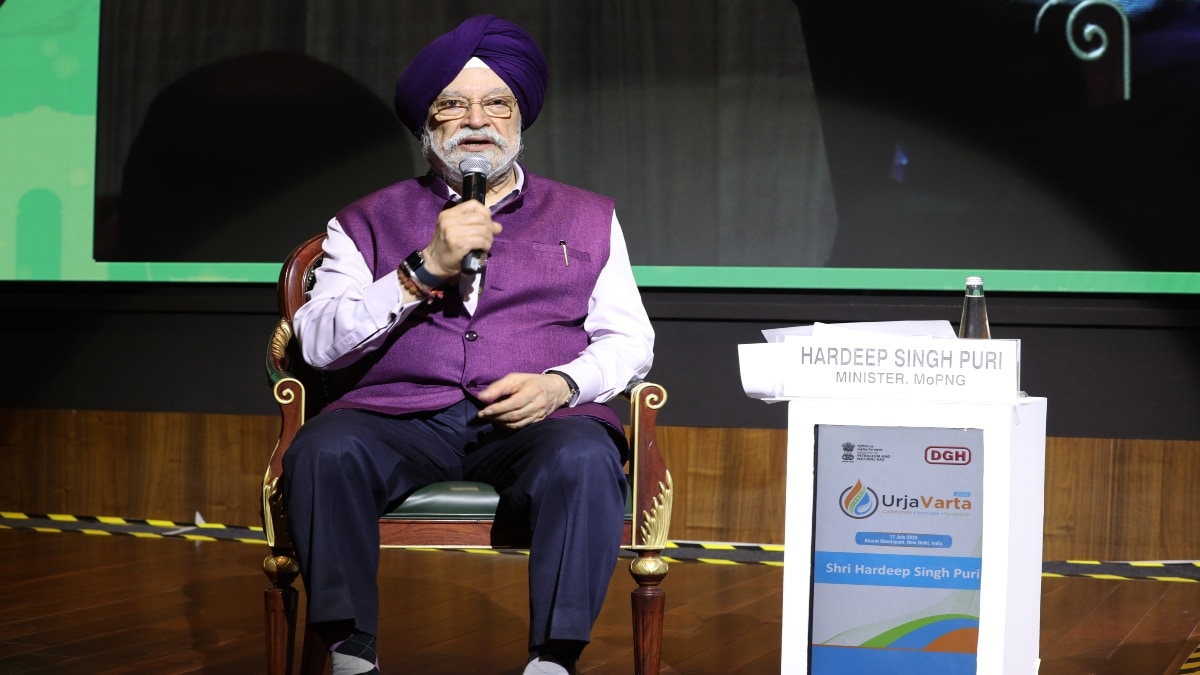

Despite the global push for renewable energy, oil isn't disappearing anytime soon, and investments in the sector are actually on the rise, according to India's Minister of Petroleum and Natural Gas. This perspective challenges the notion that increased drilling is the primary driver of the oil industry's continued relevance. Instead, it highlights the sustained demand and strategic investments shaping the future of oil and gas in India and beyond.
India's energy sector is undergoing significant transformation, marked by both increasing oil demand and a commitment to sustainable practices. The International Energy Agency (IEA) forecasts India will lead global oil demand growth, with consumption expected to rise from 5.4 million barrels per day in 2023 to 6.7 million barrels per day by 2030. This makes India one of the fastest-growing consumption centers, prompting refiners to expand and diversify their crude sources. Indian oil companies are responding to this surge in demand by investing heavily in refining and petrochemical infrastructure. India is set to see significant refining capacity growth in 2025 and is actively negotiating with global oil producers for long-term crude import agreements.
The Indian government is implementing a series of reforms to modernize the upstream oil and gas exploration framework. The Ministry of Petroleum and Natural Gas has released the Draft Petroleum & Natural Gas Rules, 2025, aimed at boosting investor confidence, streamlining operations, and aligning India's energy framework with global sustainability and decarbonization targets. These reforms include a stabilization clause to protect investors from fiscal or regulatory shifts, mandates for shared access to underutilized infrastructure, and integration of renewable energy projects within existing oilfield blocks.
India has also been diversifying its sources of oil supply. The country is now importing oil from 39 countries, compared to 27 previously. This diversification allows India to procure oil at competitive prices and reduces vulnerability to external supply shocks. Recent diplomatic visits are expected to further expand crude oil purchases from Africa and Latin America.
Furthermore, India's economic growth is a major factor driving increased oil demand. With a GDP growth of nearly 5% year-over-year, India's oil demand is likely to hit 6 million barrels per day in 2025 or shortly after. The government has emphasized attracting global investment, with USD 748 billion in foreign direct investment inflows between 2014 and 2025, marking a 143% increase over the previous decade.
In conclusion, while the "drill, baby, drill" approach might be a simplistic view, the reality is that oil remains a critical component of India's energy strategy. The country's increasing demand, strategic investments, and proactive policy reforms indicate that oil will continue to play a significant role in India's economic growth and energy security for the foreseeable future.